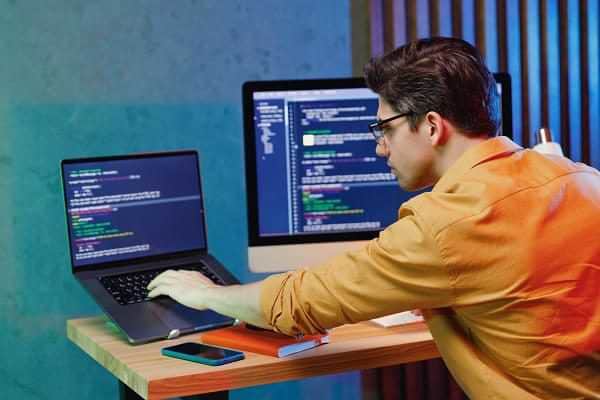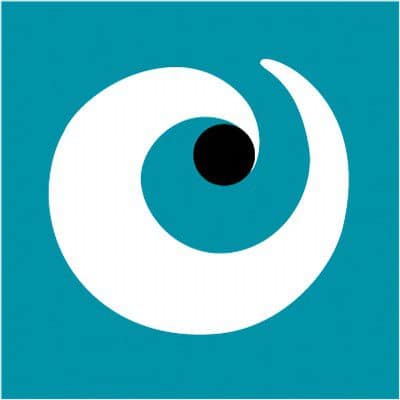When it comes to software testing, ISTQB certification is a must. A Holy Grail that testing professionals are all striving to achieve. Partner in a management consultancy and certified and accredited ISTQB trainer, Francis Renoncet gives you some advice on how to be ready for D-Day!

The International Software Testing Qualifications Board (ISTQB) offers different levels of software quality assurance certification. The ISTQB Certified Tester qualification is one of the standardised qualifications offered for the Foundation, Advanced and Expert levels of accreditation.
1. The minimum preparation...
I might as well tell you straight away: the preparation is demanding. It consists of a mix of learning and, why not, a good bibliography (Foundations of software testing: ISTQB CertificationBlack-Evans-Graham–Van Veeneendaal).
First of all, let's be honest: a little experience in software testing is appreciated and even required in some countries. You can also take part in forums that bring together software testers.
Each certification is associated with a reference framework, called a syllabus, and a software testing glossary. Make sure you have the syllabus for the level of certification you want - Foundation, Advanced or Expert - to help you better understand the breakdown and content of the certification. It will also help you get to grips with the vocabulary listed in the glossary and the content of the standards (CFL or CTAL, depending on the level). Finally, to find out more about test techniques, test products and their content, follow the IEEE 829, 610, 1028, ISO 250 standards...
Think you're ready? Take a look at the mock exams provided by the CFTL to find out!
2. Training is essential!
Do you want to move faster and, above all, give yourself every chance of success? Opt for a preparation course. These few days will help you reach the Holy Grail more easily. And for each of the three levels of ISTQB certification, different programme content will enable you to practise for the exam.
What's in it for you? The trainer answers questions. He shares his experience with you and gives you concrete examples. Finally, you can discuss the content together and clarify any points of doubt. What's more, accredited training courses generally include an examination.
3. Know what to expect - and that's the secret!
The big day is here! First of all, let's take a look at how the exam works. You are welcomed into a room, where you cannot come and go.
Your exam will consist of a multiple-answer quiz (MCQ with four choices and only one correct answer). Don't be confused by the wording, which may have been translated roughly. If you have any doubts about understanding a question, there's no need to ask the examiner, who will be present - just follow your instincts.
The forty questions cover the six chapters of the Syllabus. And as your exam only lasts an hour, you only have a minute and a half per question. Only one choice is possible (be careful not to tick two answers: even if one of them is correct, it will be cancelled out by your multiple choice).
Trainer's tip: as soon as you are given the questions, scan through them and focus straight away on the simple ones, for which you will certainly know the answer. The precious seconds you save will be used for the exercise questions (test techniques, incident management, test strategies) and then, in a third phase, for the questions you're not sure about. Then, go back to your MCQ... and be careful about the timing. Leave some time for proofreading.
You have passed if you have at least 65 % correct answers per chapter, i.e. twenty-six correct answers in total.
Finally, make sure you answer all 40 questions, as there are no negative points - you never know! Congratulations, you now have your ISTQB certified tester certificate!



